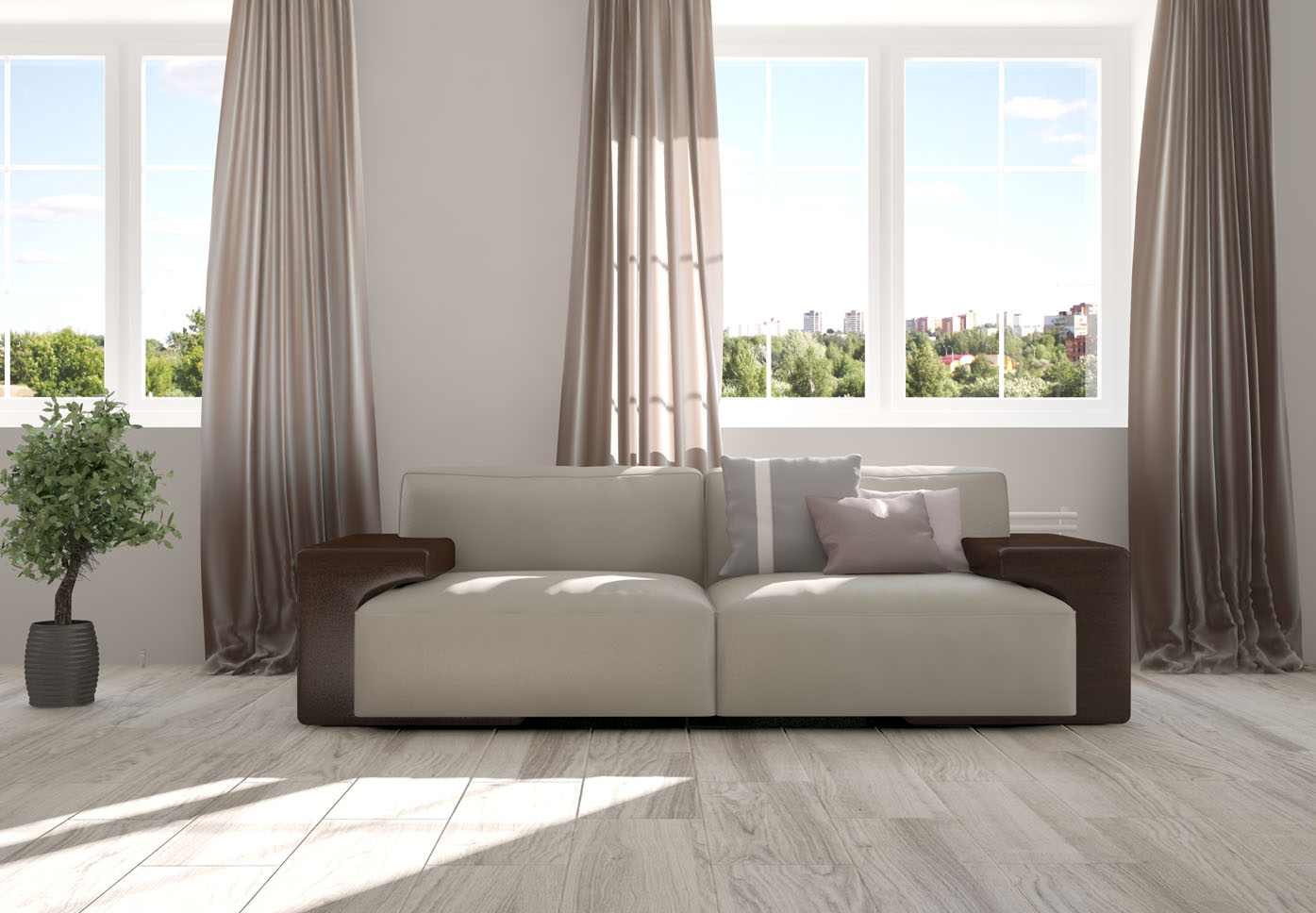Do you prefer your curtains to appear ‘full’ or a little more sparse?This seems like a rhetorical question, but in fact, some curtain pleats are flexible enough to allow for extra or even less than the norm fullness.
Fullness refers to the amount of fabric incorporated into a pleat or the heading (top) of a curtain.
The industry norm ranges from 2 times to 3 times; although this can be varied if custom made, to suit the individual circumstances. Controlling fullness is useful if you have very little space to stack an open curtain, or if your fabric is heavy and must be lined and interlined. Heavy fabrics perform better if they have slightly less fullness, to avoid “kicking out” from the wall. Alternately, adding more fullness will give a somewhat insignificant fabric such as a sheer, (and possibly a cheaper fabric) a more voluptuous appearance, thereby making it seem more expensive. Silks and damasks also benefit visually from being more full.
The best pleats to play with differing fullness is the pencil pleat (preferably used under a pelmet) and the inverted box pleat, which is a tailored look suited to all types of windows and fabrics. With a box pleat, the fullness is concealed behind the pleat and it is often difficult for the untrained eye to tell how much fullness is in the curtain; a great illusion.
Pinch pleats can be single,double or triple the fullness. S-Wave and U-Pleat can use between 1.8 to 2.2 times fullness, depending on the tape length for the top of the curtain. The longer the tape, the fuller the curtains, but the more room it will occupy.
Always discuss about fullness or pleat styles with us. Some fabrics will benefit enormously from the extra fullness, whereas others can work sublimely with just a little!!

